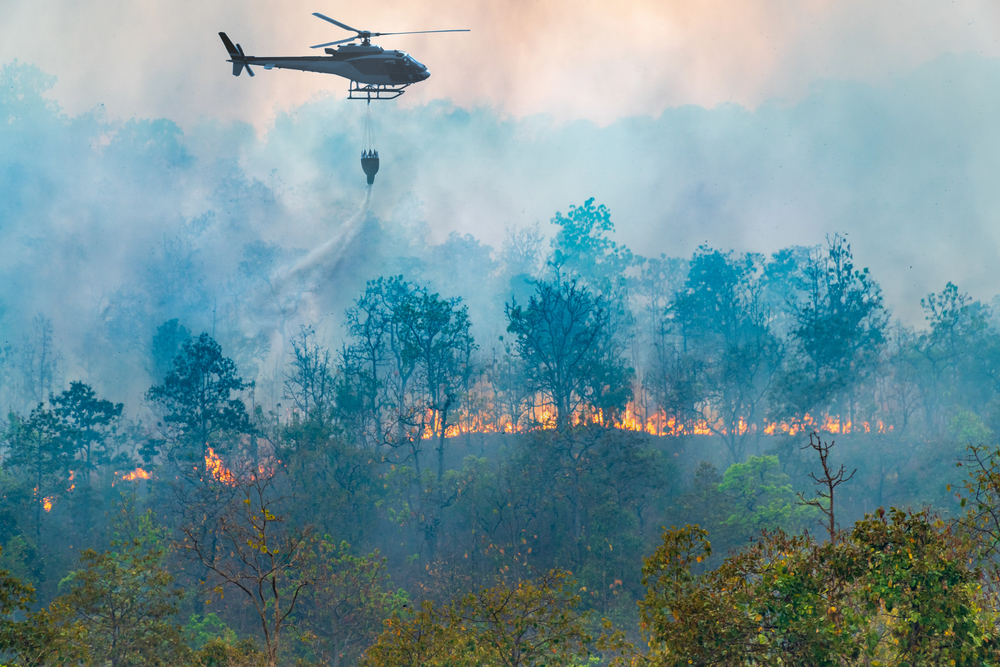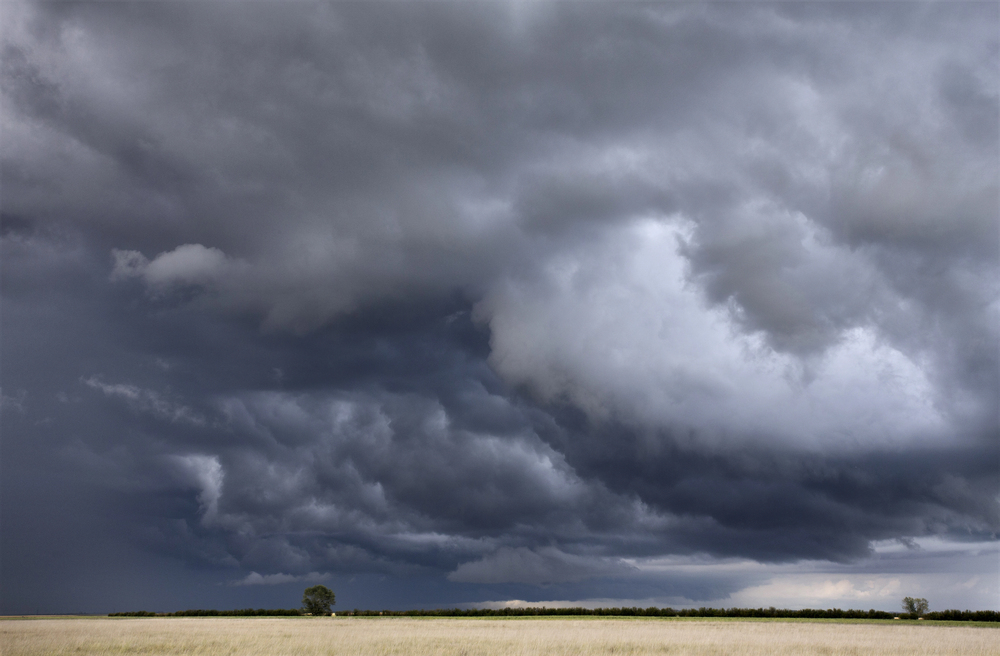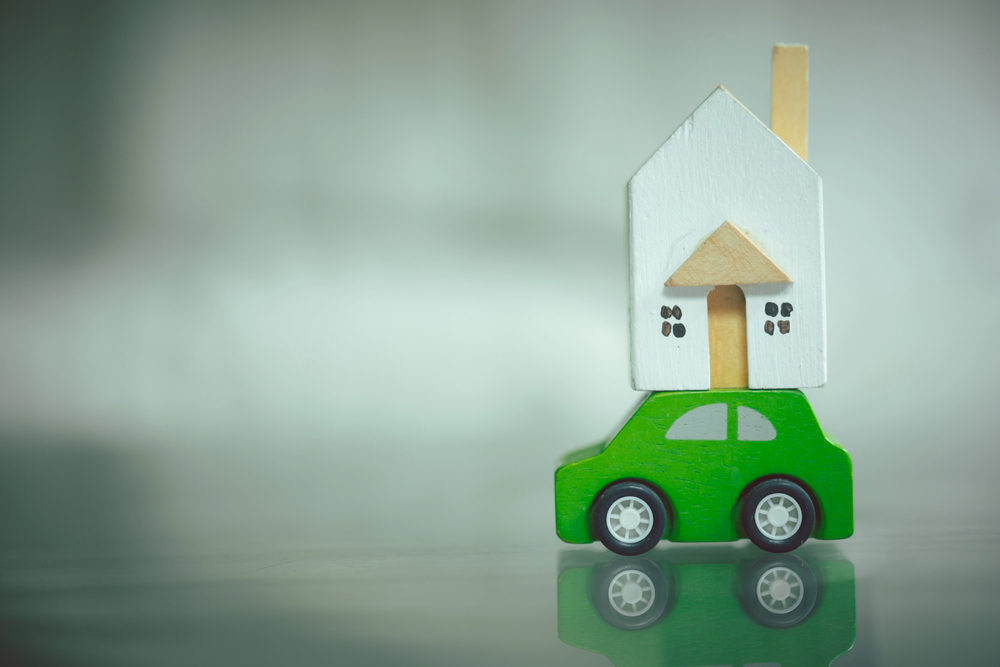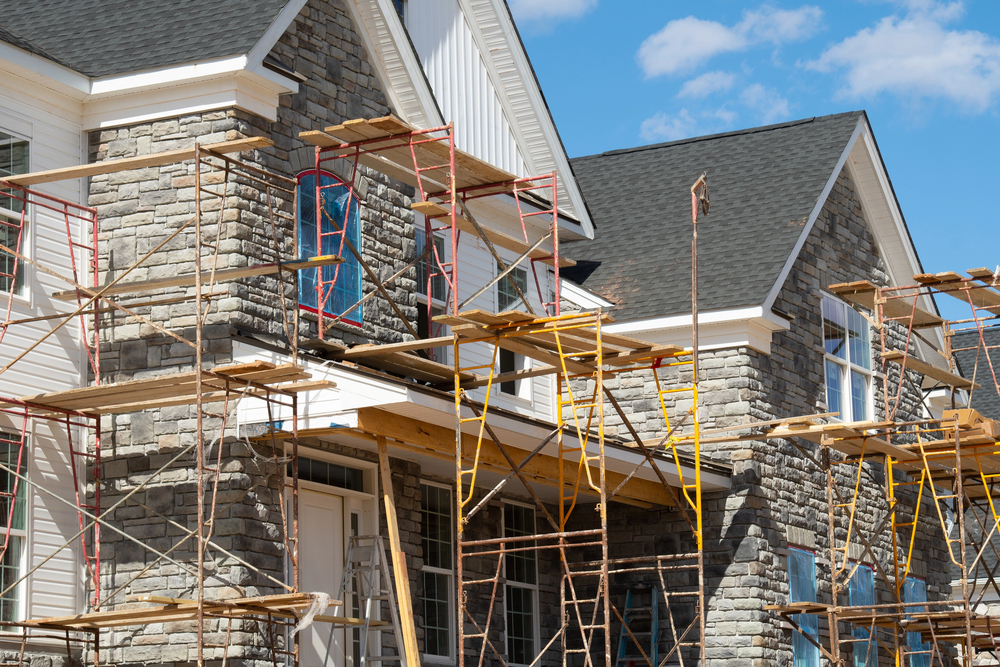Love It? List It: Helping Homeowners Create a Home Inventory

By: Jacquelyn Connelly
This hurricane season, 7.3 million single- and multi-family homes along the Gulf and Atlantic Coasts face $1.8 trillion in potential reconstruction costs from storm surge damage, according to CoreLogic.
But even beyond hurricane season, increasingly severe weather rages on year-round, as flooding can strike anywhere, anytime, wildfires continue to burn out West, and thunderstorms, hailstorms and tornadoes rip through the Midwest each year.
No matter where your client’s home is located, the threat of catastrophe looms large. In the event of the unthinkable, do your clients know what it would take to make them whole again?
“It’s really important for people to create a home inventory list so they have the ability to talk to their insurance professionals about what has been damaged, should they need to put in a claim after a catastrophe,” says Lisa Lindsay, executive director of the Private Risk Management Association. “People think they’re going to remember everything they own, but they don’t. Without an inventory list, they will usually underestimate what they own.”
That’s especially true in times of crisis, “because it’s typically a very stressful situation,” Lindsay points out. “Consider the California wildfires as a recent example—some people lost everything. Absolutely everything. Having that inventory list handy so they can begin the claims process in a quicker manner is just invaluable.”
What can agents do to help make the home inventory process as stress-free and convenient as possible for their homeowners clients so that they’re prepared before disaster strikes? Lindsay offers three easy suggestions to get your personal lines insureds started on their inventory today:
- Take a video. “The simplest, easiest way for a client to begin thinking about their home inventory is to pull out their smartphone and take a video of everything in their home,” Lindsay says. “Open up closets, open up chests that might contain fine silverware, jewelry—whatever the case may be.”
- Download an app. For clients who are a bit more tech-savvy, “there are plenty of home inventory apps out there that can help them catalog what they own,” Lindsay suggests.
- Hire a third party. “If someone is of the means and simply doesn’t have an interest in doing it themselves, they can hire a firm that will complete the inventory process for them,” Lindsay points out. “These firms will actually come into your home and log the inventory for you.”
Agents should bring up the home inventory on at least an annual basis. “Your client should certainly catalog and document any big purchases they make, especially if they’re buying collectibles, fine art, memorabilia—that type of stuff,” Lindsay says. “All those things should immediately be placed on the inventory list, or possibly even separately scheduled on a valuable articles policy.”
The home inventory then serves as the cornerstone of overall preparedness, Lindsay explains. Once you and your client identify potential emergencies that are likely to happen based on their region and property characteristics, even if it’s just a house fire, “people should talk about, ‘How prepared are you if one of these things happen?’”
For example, if you’re helping a client develop an action plan for a hurricane, Lindsay suggests asking questions such as:
- Who’s going be in charge of your pets?
- You can’t take everything—if you have to evacuate, what are the three most valuable or most sentimental items you will take with you? How are you going to save them?
- Where will you go if you have to evacuate?
- If you have valuables, what is your plan for those valuables?
- Will you seek a professional to help remove valuables before the hurricane hits, or will you decide you’re going to shelter in place—for example, which means you might remove a piece of artwork from an exterior wall, make sure it’s wrapped and packaged, and store it somewhere in the interior part of the home?
As Lindsay summarizes, “it’s really thinking about the event, coming up with a plan around that specific event, and vetting it to make sure it’s sound.”
Jacquelyn Connelly is IA senior editor.










